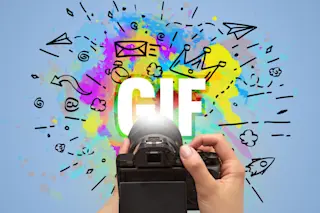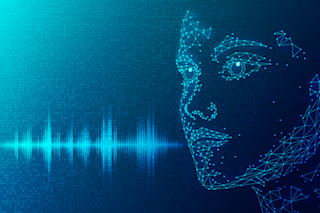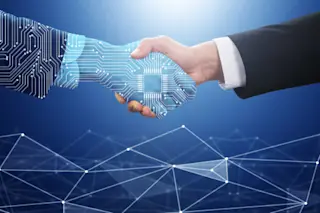Just now, Victor Zue's computer sits on his desk at the Massachusetts Institute of Technology Laboratory for Computer Science— but he doesn't expect it to stay there much longer. Computers are already beginning to shrink drastically while they multiply in number. In as little as two years, Zue predicts, they will literallyfall off the desktop. He believes tiny but powerful computers will soon be embedded in the walls of offices and homes, in handheld devices that look like cell phones, and in even the most mundane appliances. The refrigerator of the near future, you may have read, will be able to remind you of what you're low on. What you may not have read is that it will order it for you on the Internet. You can already give a travel destination to a luxury automobile— with the right option— and it will direct you where you want to go, ...
Computers That Talk
If you hate using a keyboard to communicate with your PC, you're going to love the next revolution in technology
More on Discover
Stay Curious
SubscribeTo The Magazine
Save up to 40% off the cover price when you subscribe to Discover magazine.
Subscribe













